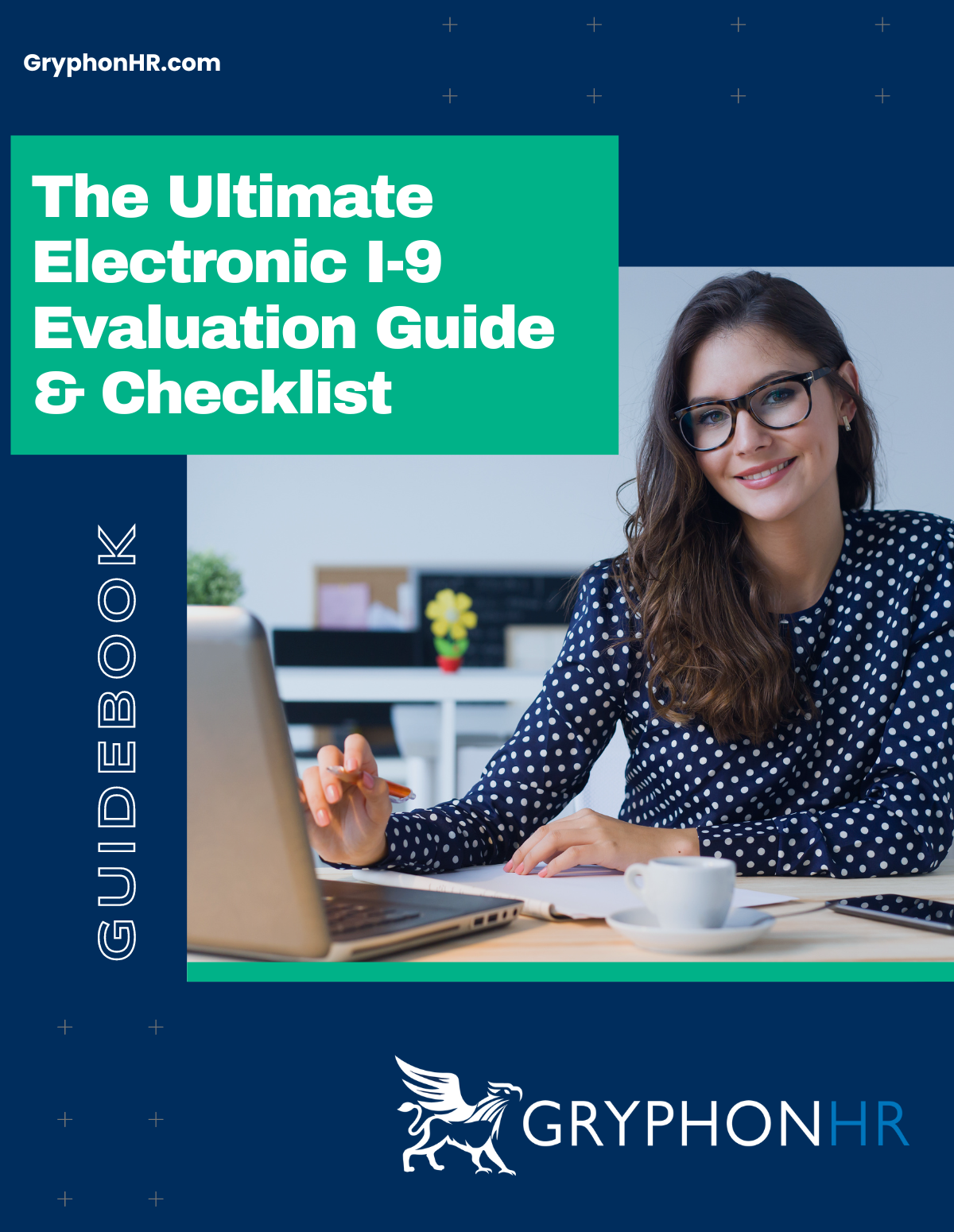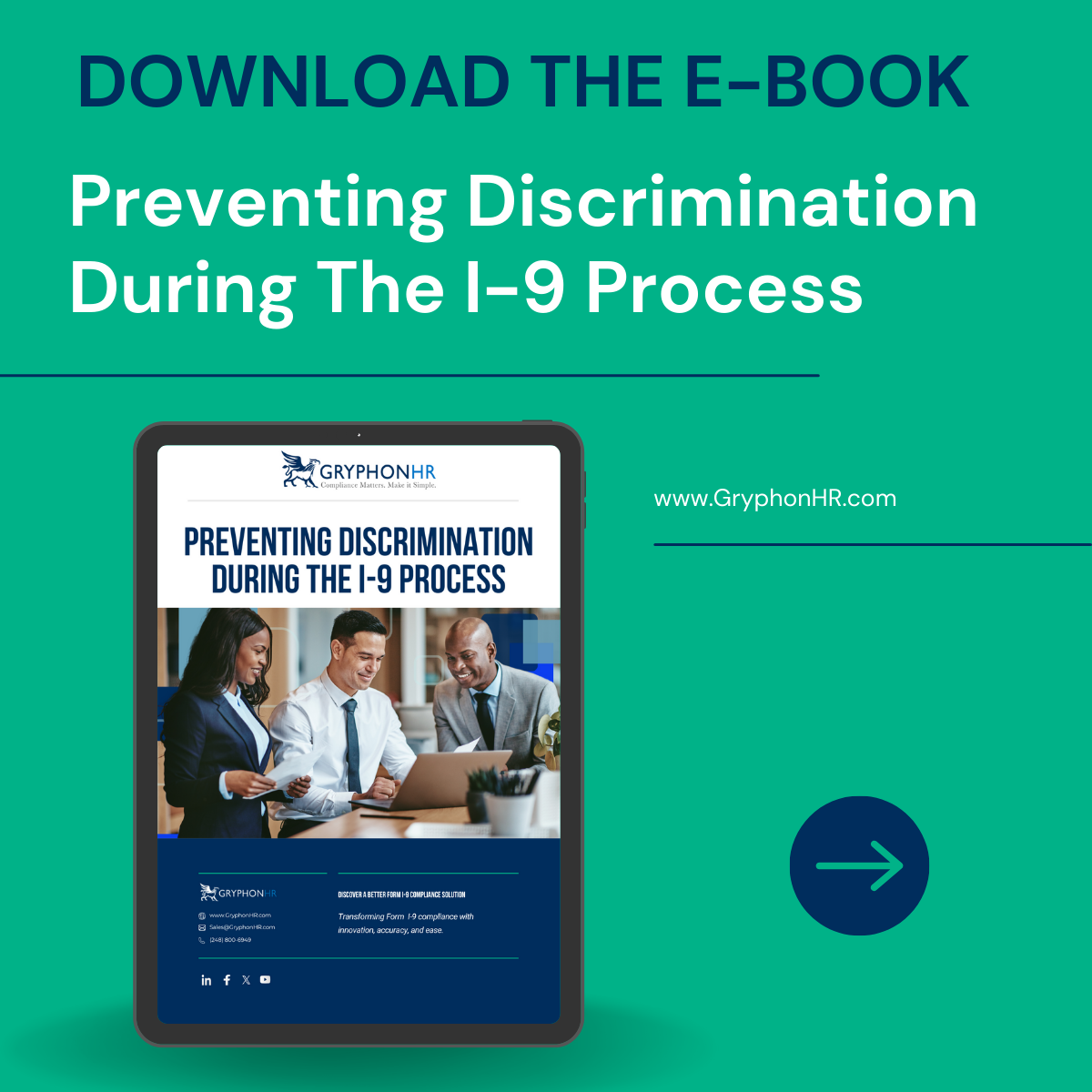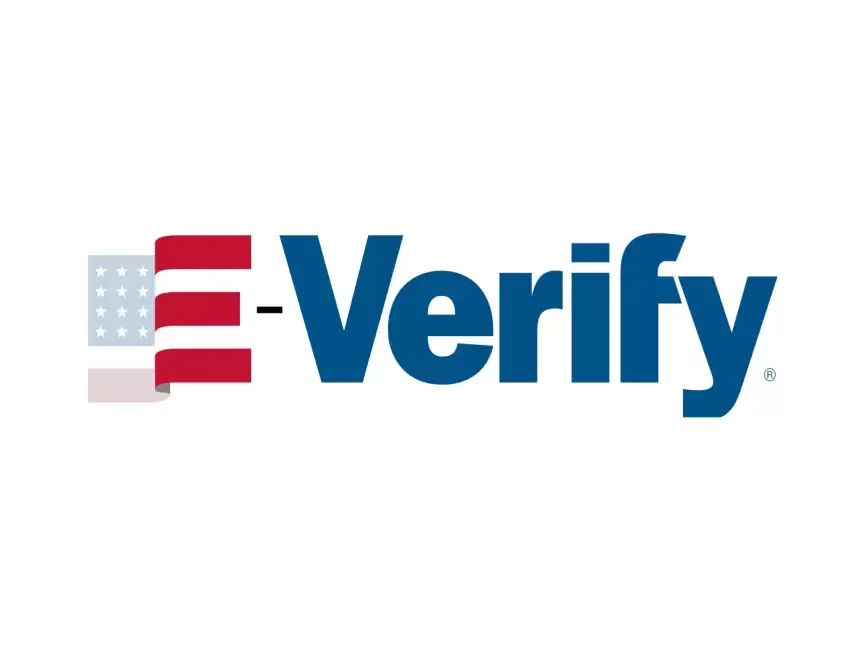Authored By: GryphonHR Blog Contributor
GryphonHR blog contributors include , consultants, researchers, and other subject-matter experts who’ve written content for our blog.
December 5, 2023
In a recent announcement, the Justice Department declared that it has successfully reached a settlement agreement with the New York City Health and Hospitals Corporation (NYCHH), a healthcare provider serving over a million New Yorkers. The resolution stems from the Justice Department's findings that NYCHH violated the anti-discrimination provision of the Immigration and Nationality Act (INA). This violation occurred when NYCHH refused a worker's valid work authorization document solely based on the worker's national origin during the Form I-9 process.
Assistant Attorney General Kristen Clarke of the Justice Department's Civil Rights Division emphasized, "Employers cannot reject valid documents showing someone’s permission to work based on the country the person was born in." She underscored that federal civil rights laws safeguard workers from discrimination during the employment verification process, and the Justice Department remains committed to holding employers accountable for discriminatory practices based on place of birth or national origin.
The investigation revealed that NYCHH improperly declined a worker's valid employment authorization document (EAD), which had been automatically extended through a Federal Register notice applicable to individuals with Temporary Protected Status (TPS). NYCHH's rejection was based on the mistaken assumption that the worker's country of birth on her EAD had to match the TPS-designated country.
Temporary Protected Status is a temporary immigration benefit allowing qualified individuals from designated countries to reside in the United States due to specific conditions in their home country. Workers with TPS, like any other workers, have the right to present their choice of valid documentation for work authorization. Federal Register notices automatically extending TPS workers' permission to work explicitly state that additional documentation or proof of citizenship status is not required, and the country of birth on the documentation need not match the TPS-designated country.
As part of the settlement agreement, NYCHH will provide back pay to the affected worker to compensate for lost wages resulting from the discriminatory actions. Additionally, NYCHH will pay a civil penalty to the United States, undergo training for its staff on the anti-discrimination provision of the INA, review and amend its employment policies and training materials, and be subject to departmental monitoring for three years.
The Justice Department's Immigrant and Employee Rights Section (IER) within the Civil Rights Division is responsible for enforcing the anti-discrimination provision of the INA, which prohibits discrimination based on citizenship status and national origin in various employment-related aspects, including hiring, firing, recruitment, documentary practices, and protection against retaliation and intimidation.
This case underscores the critical role played by the Justice Department's Immigrant and Employee Rights Section (IER) within the Civil Rights Division. The IER is responsible for enforcing the anti-discrimination provision of the INA, which prohibits discrimination based on citizenship status and national origin in various employment-related aspects, including hiring, firing, recruitment, documentary practices, and protection against retaliation and intimidation.
Considering incidents like these, organizations can benefit significantly from adopting electronic I-9 solutions. These tools streamline the Form I-9 process, providing a systematic and standardized approach to verification. Importantly, electronic solutions can help mitigate the risk of discrimination by ensuring that the process adheres strictly to the requirements outlined by federal laws.
The benefits of using an electronic I-9 solution extend beyond mere convenience. These solutions often come equipped with built-in compliance checks, ensuring that employers follow the correct procedures and avoid inadvertent errors that may lead to discrimination claims. By automating the verification process, electronic I-9 solutions reduce the likelihood of human error and ensure a fair and uniform approach to all employees, irrespective of their national origin.
Moreover, electronic I-9 solutions can provide real-time updates on changes in immigration policies and regulations, helping organizations stay informed and adapt their practices accordingly. This proactive approach not only enhances compliance but also minimizes the risk of unintentional violations due to outdated or inaccurate information.
In conclusion, the recent settlement between the Justice Department and NYCHH serves as a reminder of the importance of fair and non-discriminatory practices during the Form I-9 process. Employers can proactively safeguard against such issues by embracing electronic I-9 solutions, not only for their efficiency but also for their role in promoting compliance and preventing discrimination in the crucial process of employment verification. Employers can learn more about this topic in our e-book: Preventing discrimination during the I-9 process.
Contact us to see how the GryphonHR Form I-9 compliance platform can help your organization to avoid discriminatory practices during the employment eligibility process.

Authored By: GryphonHR Blog Contributor
GryphonHR blog contributors include , consultants, researchers, and other subject-matter experts who’ve written content for our blog.
Stay updated on Form I-9 and E-Verify!


Is your I-9 compliance software placing you at risk? Learn more about the compliance requirements for electronic I-9 systems and how to evaluate important features. Skip the form and download this interactive guide!

Avoiding discrimination during the Form I-9 process is critical to preventing liability, hefty fines, and unfair hiring practices. Download our free e-book to learn more.



MENU
STAY CONNECTED
Join our newsletter to learn more about Form I-9.